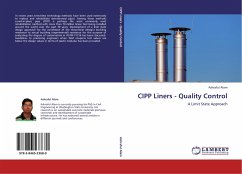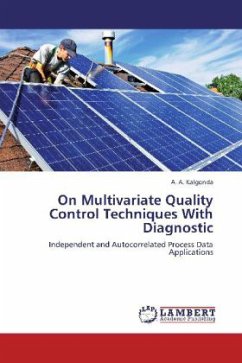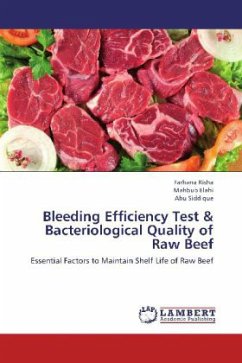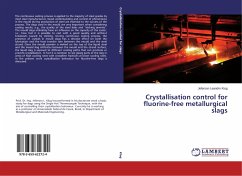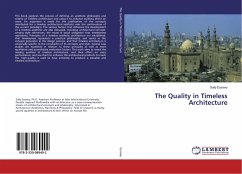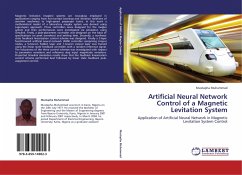In recent years trenchless technology methods have been used extensively to replace and rehabilitate deteriorated pipes. Among these methods cured-in-place pipe (CIPP) is perhaps the most commonly used rehabilitation method with more than 70 million linear feet being installed around the world over the past 30 years. Development of a limit state design approach for the correlation of the theoretical (design) buckling resistance to actual buckling (experimental) resistance for the purpose of evaluating the degree of conservatism in ASTM F1216 has been discussed. Guidelines to practicing engineers when field coupons test values are below the design values in terms of elastic modulus has been provided.
Bitte wählen Sie Ihr Anliegen aus.
Rechnungen
Retourenschein anfordern
Bestellstatus
Storno

